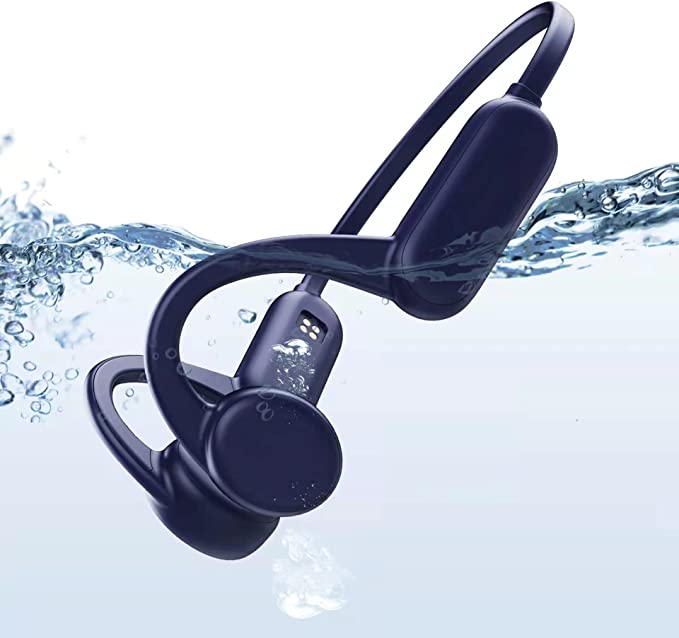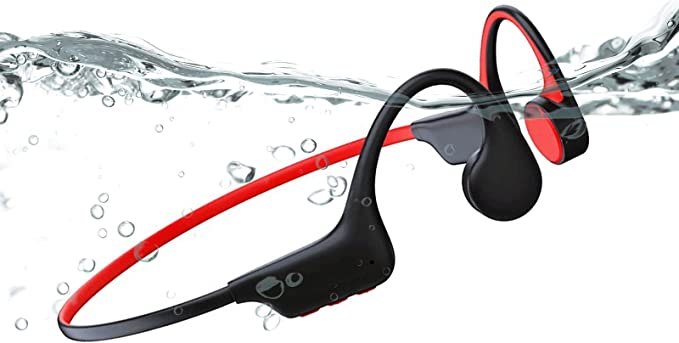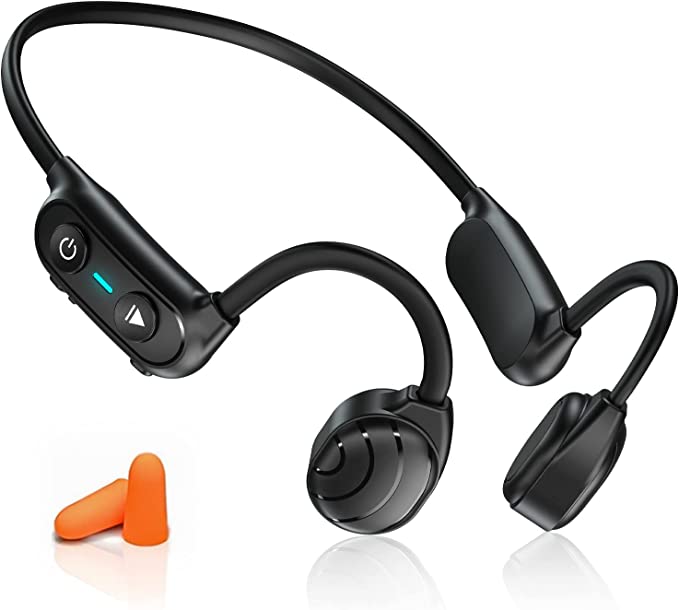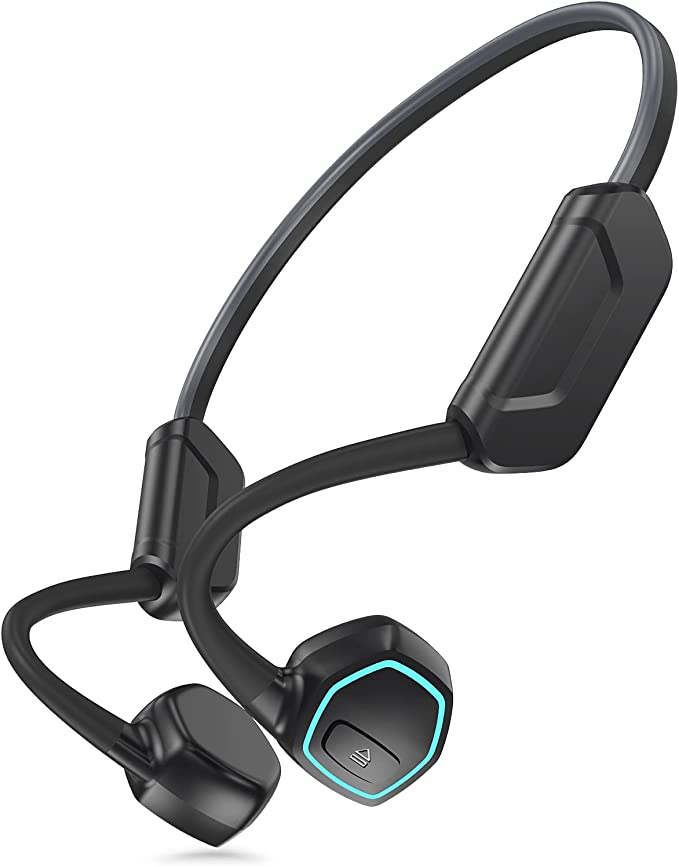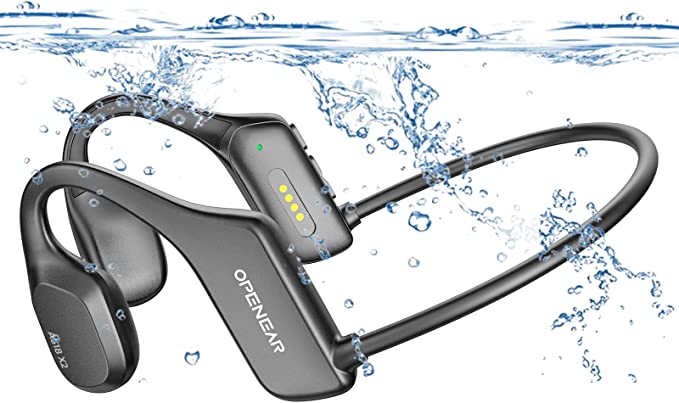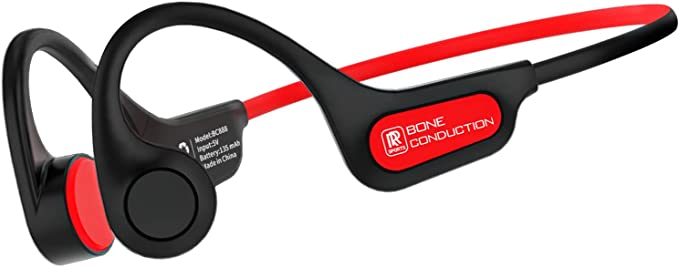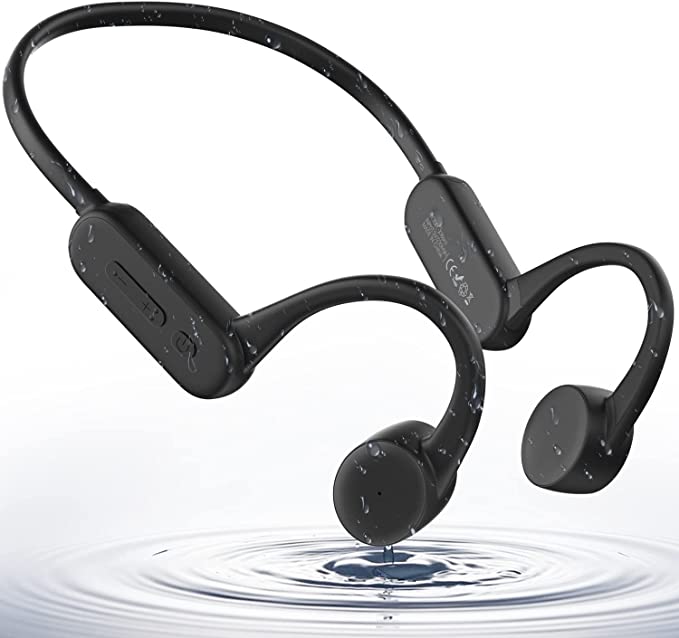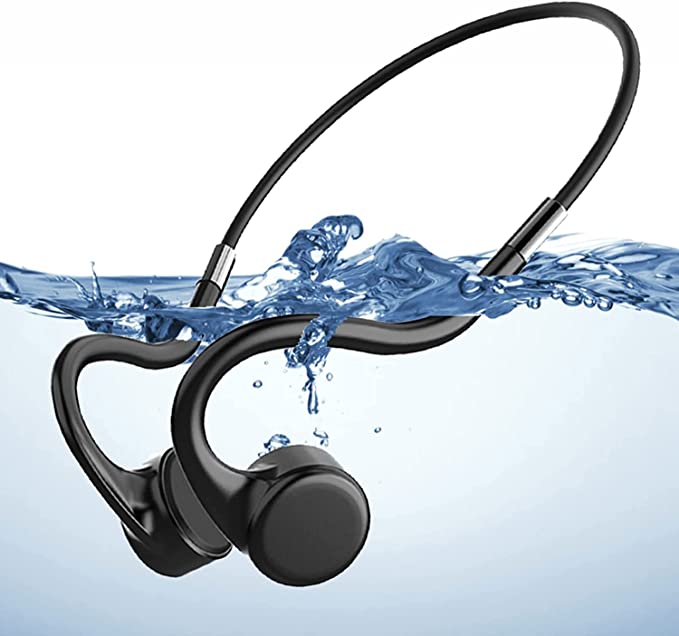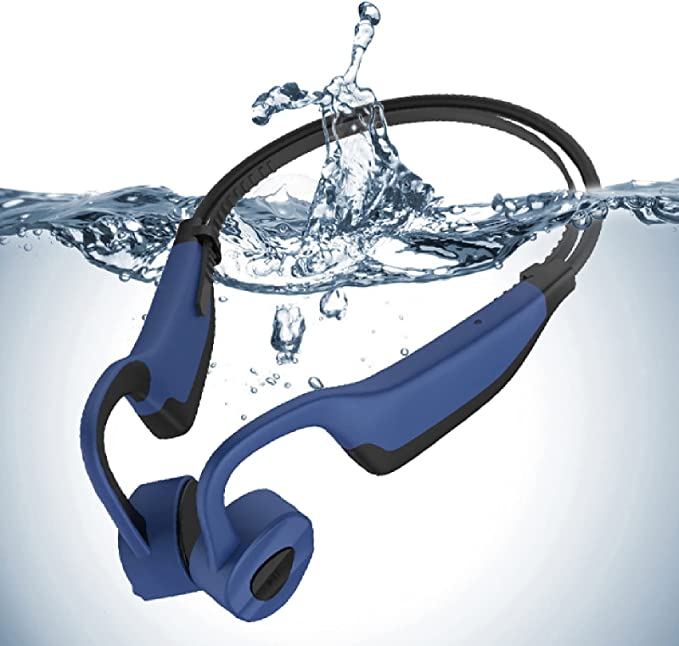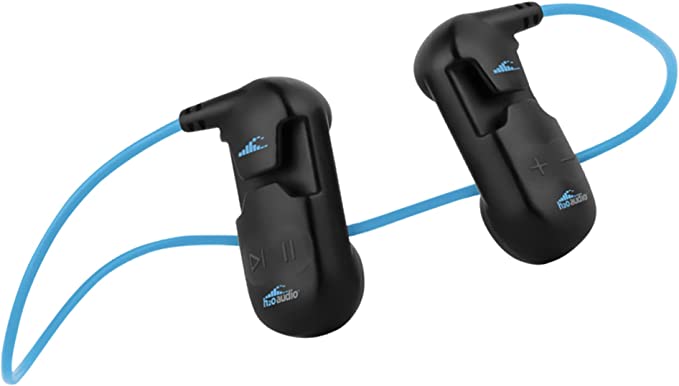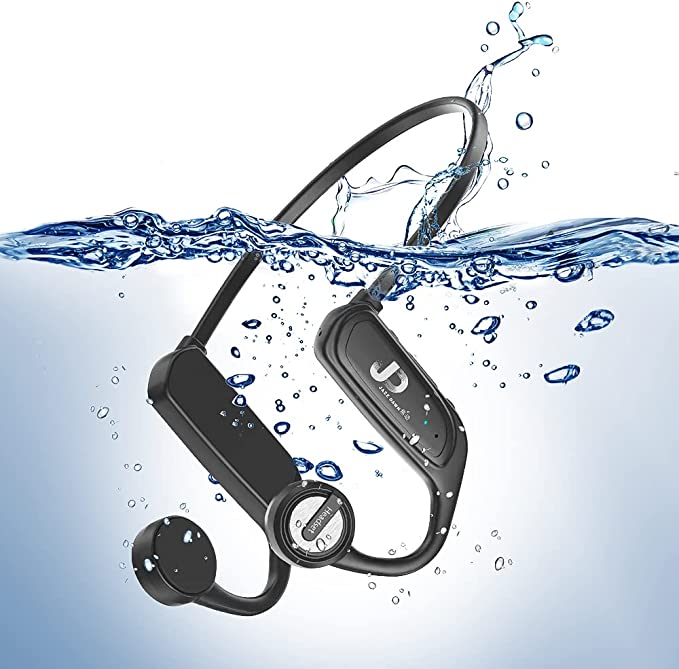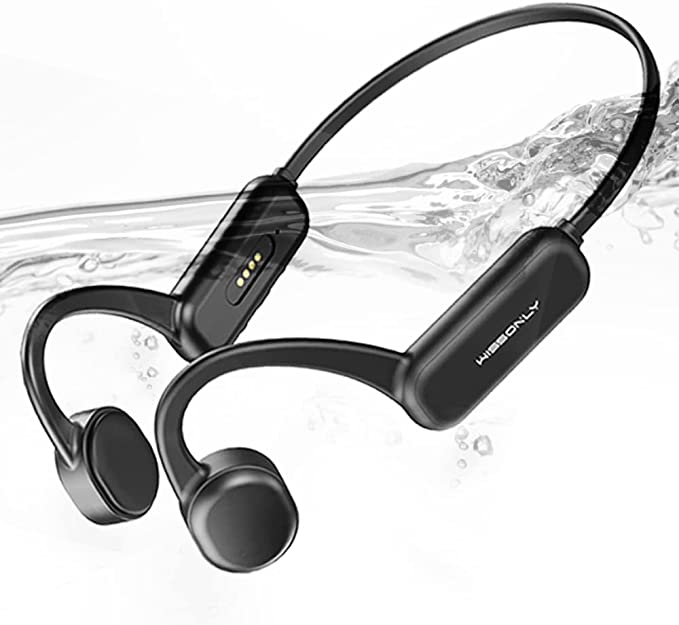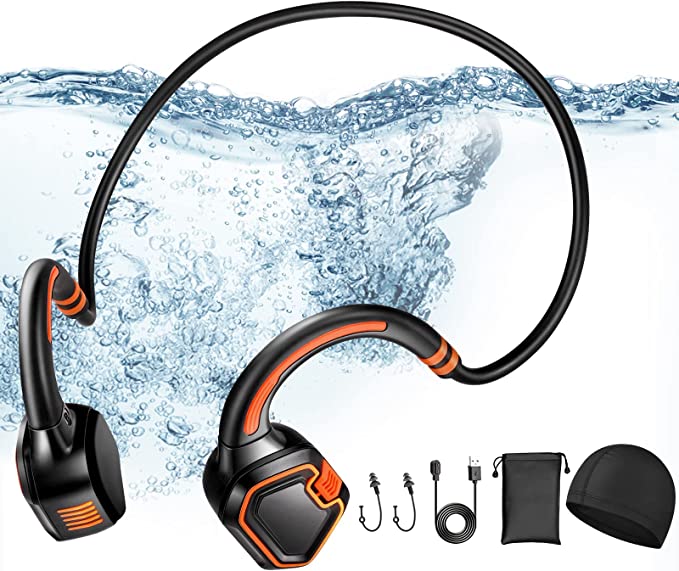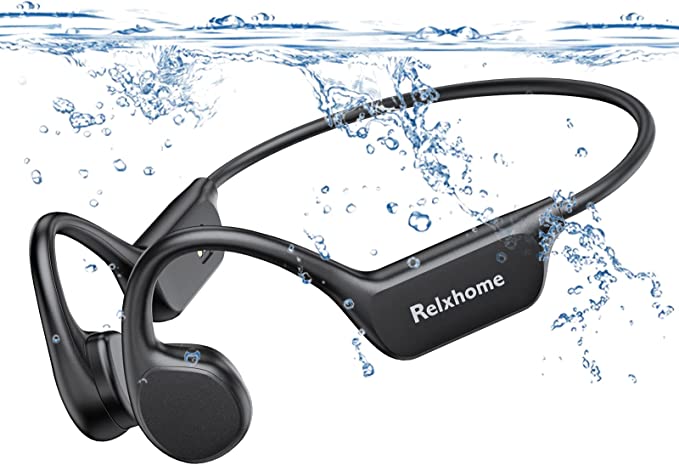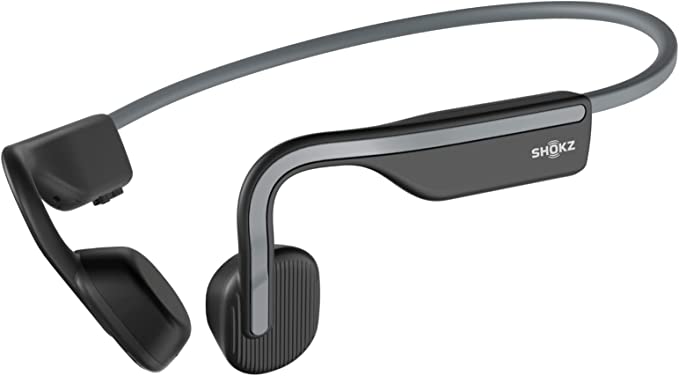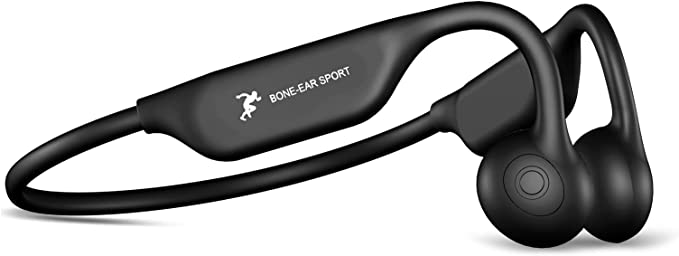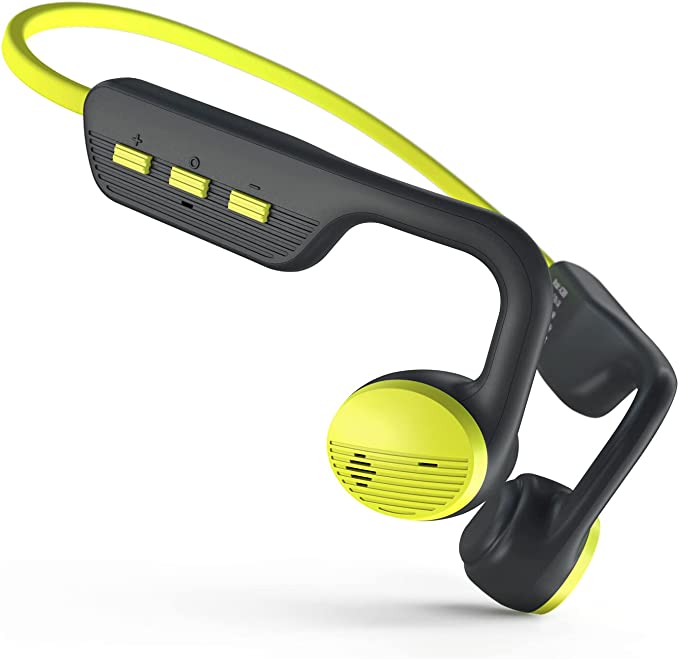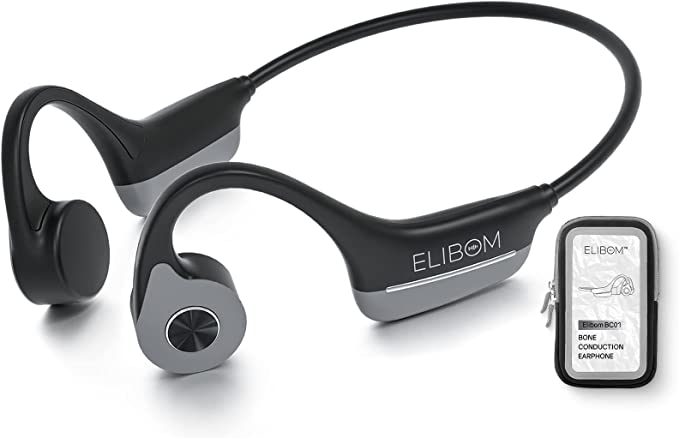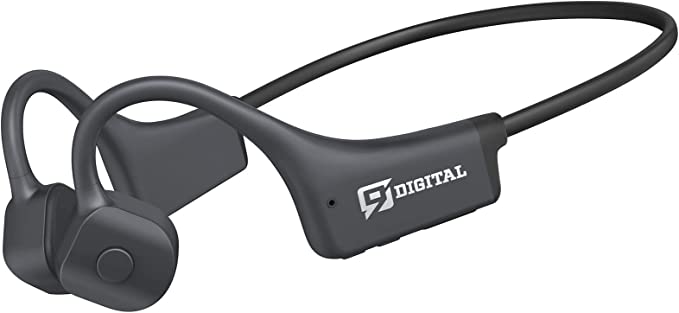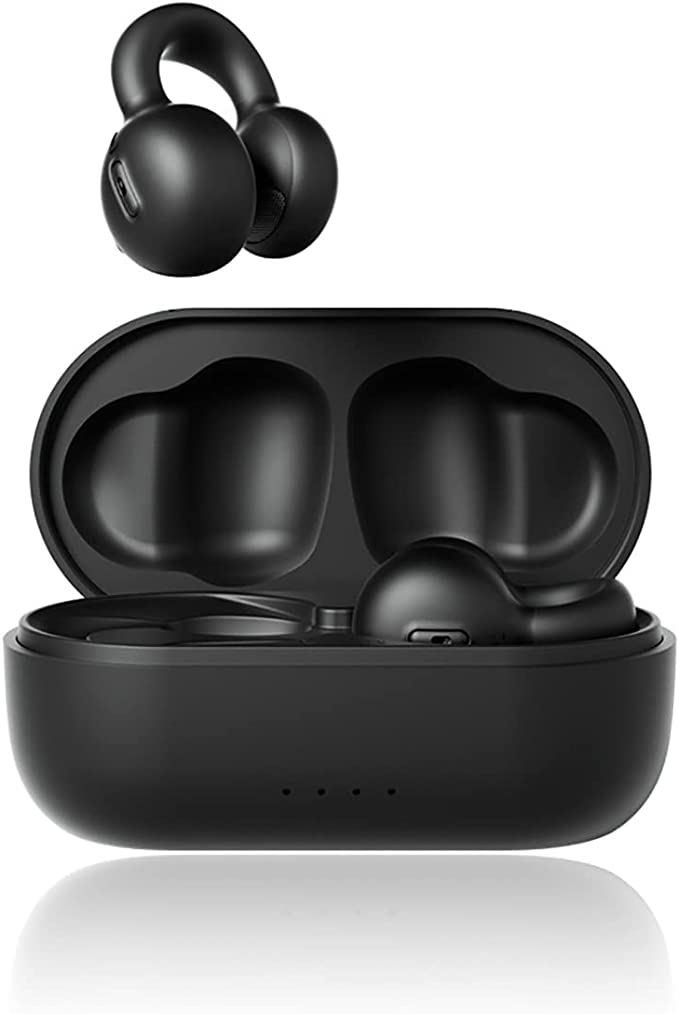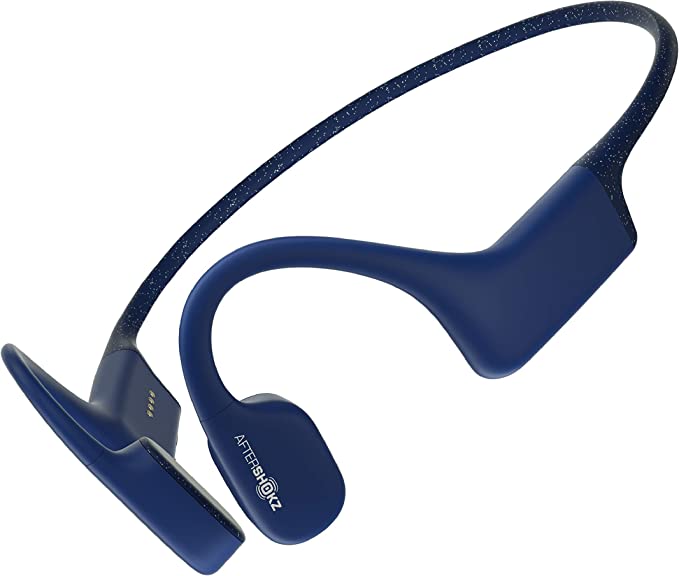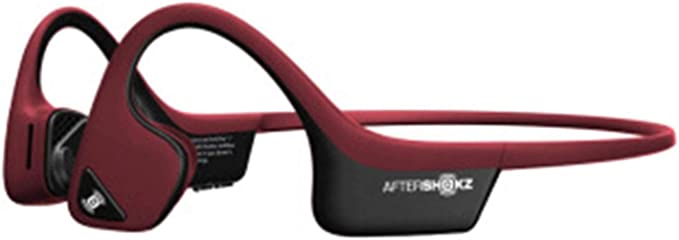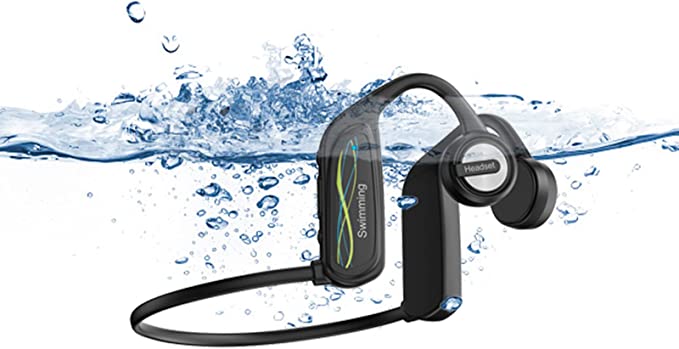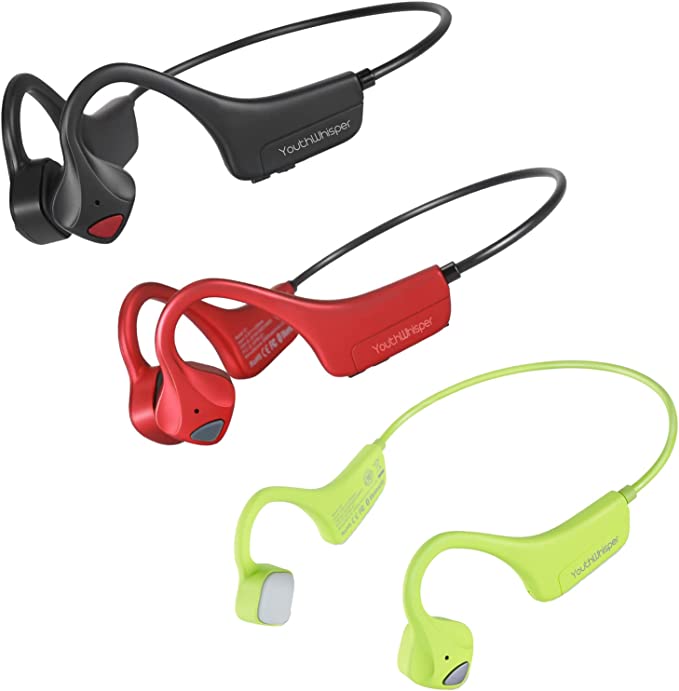From Beethoven's Teeth to a Swimmer's Ear: The Incredible Science of Bone Conduction Headphones
Update on July 3, 2025, 10:35 a.m.
There’s a powerful, almost mythical image from the history of music: the great composer Ludwig van Beethoven, profoundly deaf in his later years, leaning over his piano. He has clamped a special rod between his teeth, with the other end pressed firmly against the instrument’s soundboard. He strikes a key. He cannot hear the note in the traditional sense, yet he perceives it. A vibration travels from the piano, through the rod, through his jaw and skull, and directly into his mind. He is feeling the architecture of his own music.
Whether a true story or an embellished legend, this image captures the accidental discovery of a secret pathway for sound, a hidden highway to the brain that bypasses the ear canal entirely. Today, this same principle, refined and miniaturized, is what allows a swimmer to be enveloped in a personal soundscape, lap after silent lap. This is the fascinating science of bone conduction.

The Hidden Highway of Hearing
To understand bone conduction, you first have to appreciate how you’re hearing these words in your head as you read them. For most of our lives, we experience sound through air conduction. A sound source creates pressure waves in the air, which are funneled by our outer ears into the ear canal. These waves vibrate the eardrum, which in turn moves a series of tiny bones that amplify the vibration and deliver it to the fluid-filled inner ear, or cochlea. It’s a remarkable biological machine.
Bone conduction is the express train that skips most of those stations. Think of air conduction as the busy city street, with traffic and stoplights. Bone conduction is the private subway line, running directly underneath, delivering its passenger—the vibration—straight to the final destination. The transducers on a device like the Vicfiud Swimming Bone Conduction Headphones don’t push air; they gently vibrate against your cheekbones. Those vibrations travel effortlessly through the solid structure of your skull, reaching the same inner ear cochlea and stimulating it in the same way a sound wave would have. Your brain doesn’t care how the vibration got there; it simply interprets it as sound.
For decades, this technology was largely the domain of clinical audiology and specialized military equipment. But now, it has elegantly solved a uniquely modern recreational problem: the swimmer’s paradox.

The Swimmer’s Paradox: A World of Silent Water
The swimming pool is a world unto itself. It’s a place of meditative repetition and intense physical exertion, but it is also a fortress of solitude, sealed off by physics. For years, swimmers have longed to bring the motivational power of music into their workouts, only to be defeated by two fundamental laws of nature.
The first is the simple, destructive power of water on electronics. The second, more subtle, is the physics of radio waves. Water is exceptionally good at absorbing energy in the 2.4 GHz frequency spectrum—the very band that Bluetooth uses to operate. The moment a Bluetooth headphone is submerged, the signal is effectively smothered, as if sinking into a dense fog. The connection is lost. The music stops.

Engineering an Escape from the Aquatic Prison
To create a functional pair of swimming headphones, engineers can’t break the laws of physics; they must design clever ways around them. This is where the Vicfiud headphones reveal their true purpose.
First, they build a fortress against the flood. The device boasts an IPX8 waterproof rating. According to the international standard IEC 60529, which defines these codes, this means it is protected against continuous immersion in water deeper than one meter. Vicfiud specifies this as a robust two meters for up to two hours, more than enough for any swimming session. The key to this watertight integrity is not just the sealed casing, but the magnetic charging port. By eliminating the traditional open-mouthed USB port, engineers remove the most common point of failure, creating a seamless defense against both water and corrosive pool chemicals.
Second, they concede the battle with Bluetooth to win the war for music. Since streaming is impossible, the headphones become a self-contained audio player. With 32GB of internal storage, the device acts like a waterproof iPod, capable of holding thousands of songs in formats from standard MP3 to high-fidelity FLAC and WAV. This is an elegant engineering compromise. It acknowledges a physical limitation and provides a direct, reliable solution. This focus on the core function also explains some of the device’s quirks noted by users, such as the lack of a shuffle feature. In the world of specialized engineering, creating a rock-solid, waterproof device often means keeping the onboard software simple and stable, prioritizing the essential function—playing music underwater—over secondary conveniences. It’s a deliberate trade-off, not an oversight.

The Art of Listening Differently
Perhaps the most fascinating aspect of using these headphones is a counterintuitive discovery made by users: the sound underwater is often clearer and more immersive when you wear earplugs. This seems to defy the purpose of an “open-ear” design, but it reveals something profound about how we listen.
When your ear canals are open underwater, they are still receiving input: the gurgle of bubbles, the rush of water, the low hum of the pool filter. This is distorted, low-quality “noise” that competes with the clean signal being delivered by bone conduction. By inserting a simple pair of silicone earplugs, you block this external acoustic interference. You are essentially turning off the noisy “city street” of air conduction, allowing your brain to pay undivided attention to the crystal-clear “subway” of bone conduction. It’s a user-activated form of noise cancellation, and it transforms the experience, creating a private, high-fidelity concert inside your head.

Conclusion: Echoes in the Water
From the phantom notes that vibrated through Beethoven’s skull two centuries ago to the driving rhythm powering a swimmer through their final lap today, the journey of bone conduction is a testament to human ingenuity. It’s a story about finding alternative routes when the main road is blocked. Devices like the Vicfiud headphones are more than just sports equipment; they are a modern echo of that first discovery. They remind us that to perceive our world, we don’t always have to go through the front door. Sometimes, the most amazing experiences are found by taking the secret path.
